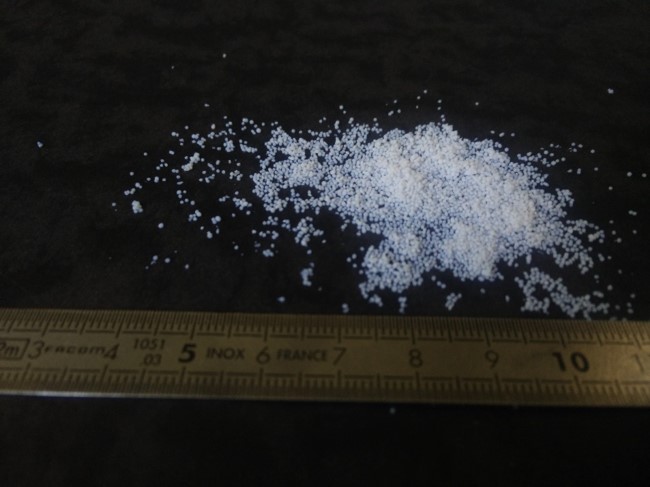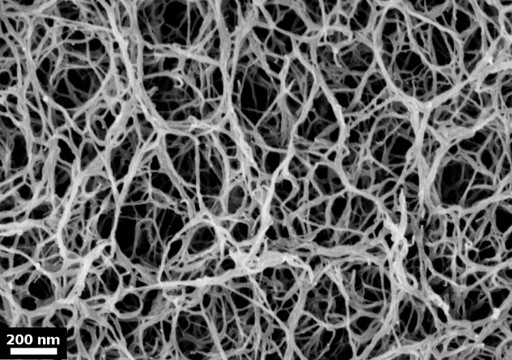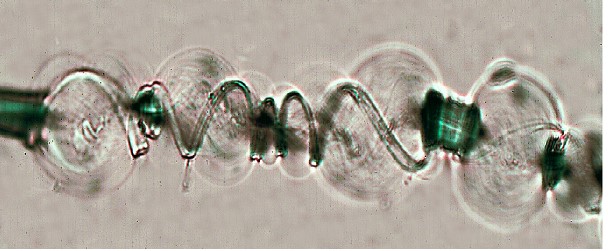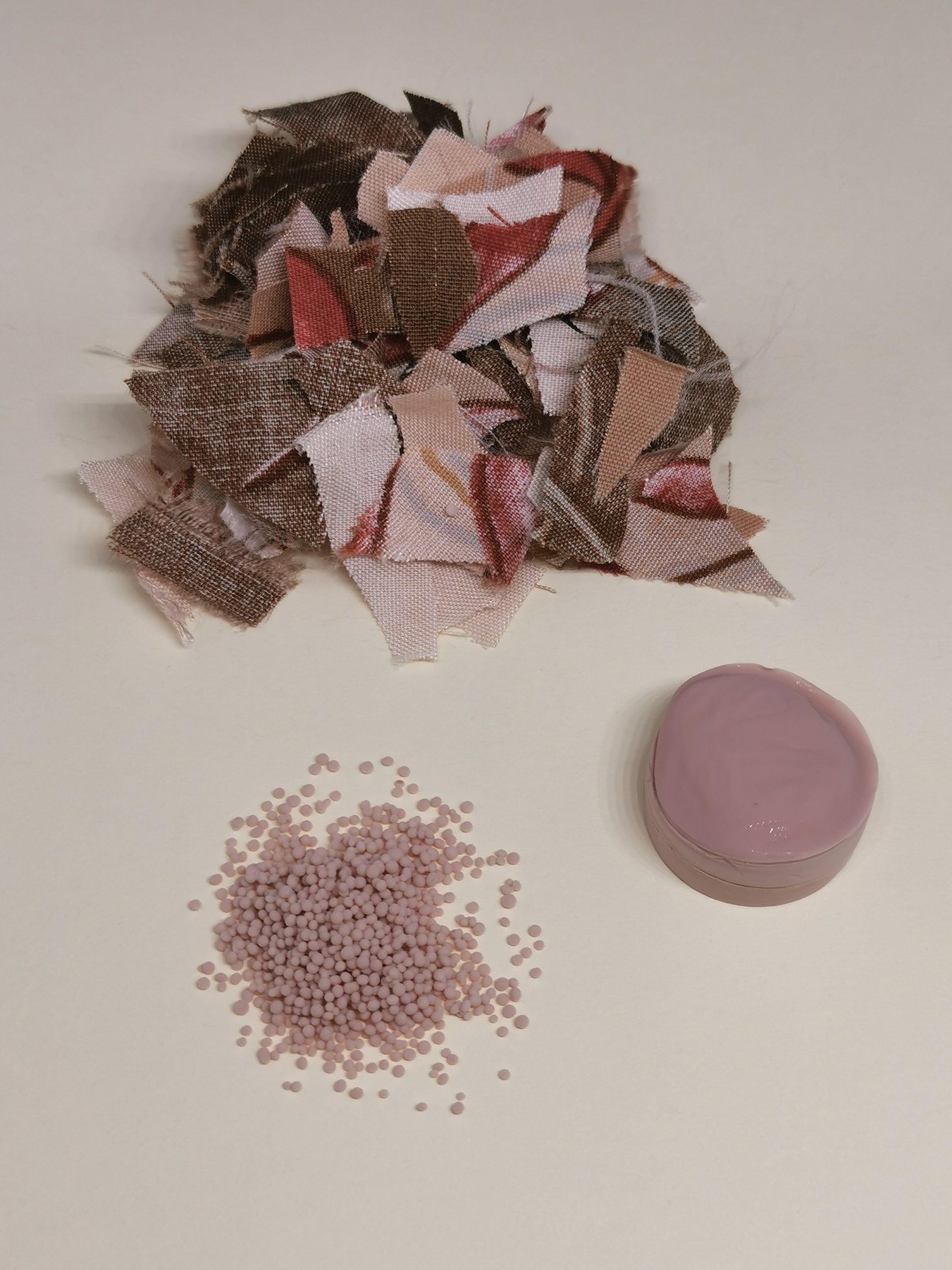Bio-based polymers and composites – BIO
Permanent staff
Tatiana Budtova (CV) (publ.)
Sijtze Buwalda (CV) (publ.)
Patrick Navard (CV) (publ.)
Severine Boyer, Thierry Colin
Research domains
Polymer solutions and gels
Bio-aerogels
Composites reinforced with natural fibers
All-cellulose composites
Porous materials
Drug delivery
Complex fluids: blends, suspensions
3D printing
Applications
Processing of polysaccharides via dissolution
Reinforcing thermoplastics
Biomedical
Building and construction
Agro, food, cosmetics
Objective
Our goal is to advance the fundamental knowledge on the structure and properties of biobased as well as some synthetic polymers in order to develop innovative functional materials.
News
09-2023 Laís Possari has joined the BIO group to work on aero- and cryogels as carriers for phase change materials. Laís is PhD student at the University of São Carlos in Brazil and will be with us for 1 year. We also welcome Wanxiang Guo (Aarhus University) who is here for 3 months to work on upcycling stale bread into bio-aerogels. Welcome to both!
08-2023 An article published by the BIO group has been selected for the Best of Advanced Engineering Materials Virtual Issue (2023 Edition). Check out this Open Access paper here!
Academic projects
Bio-Gel: Understanding phase transitions in bio-gels for structure/properties control of bio-aerogels (November 2021 - December 2024)
Synthetic polymer gels are known as «intelligent» materials able to undergo conformation changes in response to external inputs. In view of transition to bio-based economy, we want to replace petrol-based gels by bio-based ones and suggest new applications. The goal of this project is two-fold: i) to provide a fundamental understanding of bio-gels’ phase transitions in non-solvents and ii) to use this knowledge for the development of bio-aerogels and of bio-gel based sensors. Bio-aerogels are nanostructured ultralight networks with high specific surface area. They are made from a gel followed by solvent exchange and drying with supercritical CO2. Solvent exchange is a key step controlling formation of bio-aerogel structure. For making stimuli-responsive bio-gels, high sensitivity towards changes in solvent/non-solvent composition is required. Thermodynamics and kinetics of bio-gel behaviour in a non-solvent will be studied experimentally and quantified with thermodynamic methods. This project (ANR-21-CE43-0017-01) is in collaboration with the Hamburg University of Technology.
Aerogels from cellulose derivatives (November 2021 - October 2025)
Additive manufacturing is a promising technology for biomedical applications such as tissue engineering and drug delivery. In this project 3D printing will be used to make bio-based gels in complex shapes. These will subsequently be transformed into bio-aerogels, which are ultra-lightweight nanostructured materials with a high internal surface area. The goal is to use cellulose-based aerogels as matrices for drug delivery in smart patches for wound applications. Two approaches for printing gels from cellulose solutions will be considered: either printing in a fluid in which the polymer is crosslinked, or printing in a non-solvent which induces phase separation. The rheology of solutions in the capillary of the printer nozzle and near its exit will be studied experimentally, modelled and simulated using finite element analysis approaches developed at CEMEF. Special attention will be paid to solution liquid-“solid” (gel) transitions. The bio-aerogels will be characterized, loaded with drugs and their release kinetics studied. This project is financed by the ParisTech - China Scholarship Counsel (CSC) PhD program and is in collaboration with the Computing and Fluids (CFL) group at CEMEF.
e-DIP: Environmental dynamics and impacts of contaminant cocktails originating from plastics in soil ecosystems (November 2021 - May 2025)
Plastic pollution might lead to the degradation of soils, with major environmental and economical costs for agriculture. Considering the multiple facets of plastic pollution (contaminant cocktails including additives and non-intentionally added substances NIAS, added alone in mulching or closely entangled with residual organic matter in amendments), this project will explore several exposure scenarios of soil organisms to custom-made plastics, deciphering their toxicity in different environmental compartments (rhizosphere, microorganisms, mesofauna, plastisphere), their impacts on soil functions and on biogeochemical cycles, their dynamics and that of plastic-associated microorganisms and the physico-chemical and microbial retroactions of soils on plastics.
This project is financed by the ANR. Partnerships include Institut d’écologie et d’environnement de Paris (iEES), Laboratoire sols et environnement (LSE) Nancy of the Université de Lorraine, Institut de Chimie de Nice (ICN) of the Université Côte d’Azur, Ecologie fonctionnelle et écotoxicologie des agroécosystèmes (EcoSys), Laboratoire de biologie environnementale (LBE), INRAE Narbonne, Ecologie Microbienne of the Université Claude Bernard Lyon1, Chrono-Environnement (CHRONOENV) of the Université Bourgogne Franche-Comté, IFP Energies nouvelles (IFPEN) and the unit Recyclage et risques of CIRAD.
Understanding and preventing toxic Non-Intentionally Added Substances (NIAS) formation in commonly used plastic parts
Thermoplastics polymers are always compounded with additives. These additives, sometimes with interactions with impurities present in the polymer, are reacting during the compounding and processing steps used to produce a material. These unwanted chemical reactions lead to many toxic Non-Intentionally Added Substances, called NIAS. The objectives of the project concern the processing of three major, well-characterised polymers with their most common additives in order to understand how NIAS are formed, evaluate their toxicity, see if their occurrence can be decreased by modifying processing parameters and assess if polymer recycling is increasing NIAS amounts.
The project is financed by the ANR. Partnership include Institut de Chimie of the Université Côte d’Azur, the Laboratoire de Chimie des Polymères Organiques of the Université de Bordeaux and two sub-contractors, Institut national de l'environnement industriel et des risques (INERIS) and Computers Science Consultants (SCC).
Bio-aerogels for fluorescence amplification
Fluorescence is widely used in biology and medicine for the detection, quantification and imaging of various structures. However, to detect rare “markers” remains a challenge, and various amplification options are under investigation. One of the directions is to use the physical principle of random lasers and the multiple scattering of light.
The goal of this work is to test bio-aerogels as fluorescence amplifiers.
The project is financed by Université Cote d’Azur (UCA) and is performed in collaboration with The Institute of Molecular and Cellular Pharmacology (IPMC) and The Institute of Physics of Nice (INPHYNI).
3D-AER-HYAL: 3D printing of hyaluronic acid aerogels as on-demand removable wound dressings (March 2021 - February 2024)
The objective of this project is the preparation of on-demand removable, hyaluronic acid-based aerogels obtained by additive manufacturing for application as wound dressings which are capable of releasing biologically active agents. The project is at the interface of materials science (biobased polymers, aerogels, 3D printing), chemistry (polymer functionalization) and biomedical applications (wound dressings, controlled release). The project is funded by the ANR JCJC scheme '3D-AER-HYAL'.
3D printing of biobased polymer aerogels for biomedical applications (October 2019 - September 2022)
The objective of this project is the 3D printing of bio-aerogels and evaluation of their use as drug-releasing wound dressings. This highly interdisciplinary project is carried out in collaboration with the Institute of Biomolecules Max Mousseron (IBMM), Montpellier, which has extensive experience in the domain of medical devices and controlled release systems. The project is funded by the CNRS 'transversal thesis' program.
Oligosaccharidic (multi)block copolymers with tunable composition (November 2017-October 2021)
The main objective of the project is to widen the possibilities of creating new chemical structures from oligosaccharide blocks by preparing and studying the properties of a new class of (multi)block copolymers based exclusively on the assembly of oligosaccharides bearing different properties. After preparation and thorough characterization, the structure of these block copolymers is related with their physical, physico-chemical and mechanical properties. Collaborations with University of Picardie and University of Lyon. The project is funded by the ANR.
Industrial projects
New approach for textile recycling: new high added-value biobased materials based on used textile
Several millions of tons of textiles are produced every year. Only a small fraction is recycled, the rest is either burned or sent to landfill. The recycling of multicomponent textiles such as polycotton is particularly complicated, as it is composed of natural (cellulose) and synthetic polymer (polyester) fibers.
The goal of the project is to develop new materials, bio-aerogels, based on cellulose extracted from used textile. The applications span from matrices for controlled release to packaging; other applications are to be discovered.
The project is financed by CARNOT MINES and is performed within the partnership of CEMEF, RAPSODEE of IMT Mines Albi, Centre of Thermodynamics of Processes of Mines ParisTech, with participation of C2MA of IMT Mines Alès and of Mines de St-Etienne.
Biomass For the Future (November 2014 - October 2021)
BFF aims at the development of cropping systems and new varieties of sorghum and miscanthus as well as new markets: energy (heat and methane), polymer composites for the automotive industry and load bearing miscanthus concrete blocks for construction. One of the objectives is to define the optimal combination of raw materials / valorisation thanks to the association of specialists in plant biology, ecophysiology, genomics, material science, life cycle analysis, agronomists, breeders, farmers and process engineers.
Cellulose dissolution in hydroxide-based solvents
Collaborative project with Christian Dior Parfums and Transvalor
Industrial partners (from the near past and current, in alphabetic order)
Addiplast
Arkema
Faurecia
l'Oreal
Luxottica
Nestle
PSA
Roquette
Schneider Electric
UPM
Networks
GDR LIPs “Liquides Ioniques et Polymeres”: French network on Ionic Liquids and Polymers
GDR DumBio 'Durabilité et Matériaux Biosourcés" : French network on sustainability and biobased materials
European Polysaccharide Network of Excellence
COST Action CA18220 - European network of FURan based chemicals and materials FOR a Sustainable development
Ongoing PhD projects
- Hiba BOURAS : Nanocomposite hydrogels and aerogels for biomedical applications. Class of 2022 + CSM Team
- Sujie YU : Experimental studies of the formation of gels and aerogels (dry gels) based on natural polymers (cellulose and its derivatives such as methyl cellulose and hydroxypropyl cellulose). Class of 2021. Collaboration with the CFL team.
- Laurianne LEGAY : 3D printing of hyaluronic acid aerogels as on-demand removable wound dressings (3D-AER-HYAL). Class of 2020.






